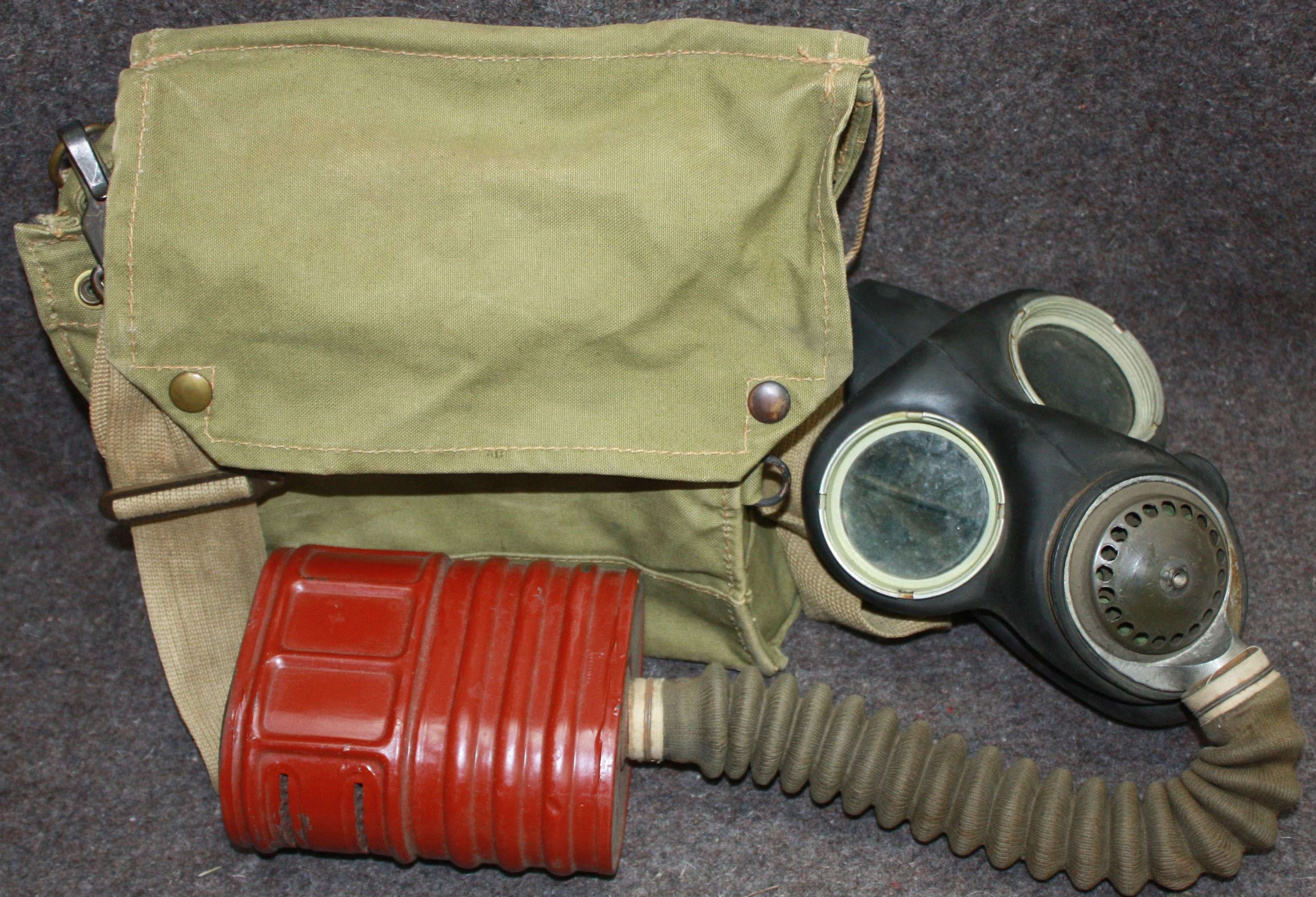
After a few improvements, Macpherson's helmet became the first gasmask to be used by the British Army. The helmet was treated with chemicals that would absorb the chlorine used in the gas attacks. Using a helmet taken from a captured German prisoner, he added a canvas hood with eyepieces and a breathing tube. In 1915, a smoke hood was invented by Cluny MacPherson. Because it was so powerful, only a small amount was needed to inflict devastating effects and there was always a fear it could be used against innocent civilians.Īlthough there are versions of gasmasks dating back to the early 19th century, World War I brought about the need for mass production of masks for soldiers. German Soldiers and German War Dogs with gas mask 8x10 World War 1 WWI Photo 28. It took 12 hours to take effect, could be added to high-explosive shells and it was almost odourless. Mustard gas was the deadliest of all the poisonous chemicals. The first large-scale use of chemical weapons was during World War I, and ranged from tear gas which disabled victims, to lethal gases such as chlorine and mustard gas. This is not the first time masks were worn daily by a country's residents.ĭuring World War II, around 38 million gasmasks were distributed to UK citizens to protect them from gas bombs, which could be dropped during air raids. In the past few months in New Zealand, people wearing masks as protection from a potentially deadly virus has been a common sight. The gases used recently in Iraq and Syria are the same as those developed for WW2.Gasmasks for horses and men - a German soldier and his horse, 1917. used in places in such concentration that exposed metal parts were corroded. If you have a strong stomach, read Wilfred Owen's poem 'Dulce et Decorum Est', which describes a gas attack. Close-up view of an American trooper accoutered with a new style gas mask. In WW2, many people would have known soldiers who had been gassed in the trenches in WW1. One minute's viewing of a film of gas effects is enough to get people following the gas attack drills perfectly. That said, the consequences of being gassed were dire. The masks are uncomfortable to wear for any period of time, and prone to fogging up because facial sweat is both triggered by, and cannot escape, the rubber (an anti-misting kit was also issued). There is some speculation that Hitler never ordered an attack as he had been a victim of a British chemical attack during WW1. Thus it was thought necessary to issue protective gas masks to all civilians as well as military personnel.ĭespite the high chance, chemical weapons were not in fact ever used in warfare during WW2 by any side, though records show every major power had them, and was prepared to use them in response to a chemical attack by the enemy. The effect of nerve gas poisoning is horrific as well as lethal. Thus the Allies fully expected Germany to drop chemical bombs on cities during WW2. They similarly bombed Rotterdam in Holland in 1940, showing they considered civilians legitimate targets. During the Spanish Civil War, the German Condor legion launched a bombing attack on the undefended city of Guernica. Weapons, and conducted advanced research leading to the first nerveĪgents. The 1930's, the Germans had rapidly built up a stockpile of chemical

In the first World War, it was the Germans who initiated gas use,ĭespite it being clearly banned under the Hague Conventions of 1899. The filter is fitted on the left to make it easier to use a rifle.

The mask comes complete with the original filter, spare eyepieces in original paper wrappers, and metal carrying canister and straps. The military mask is butyl rubber and has 2 eyepieces for better vision, 6 straps for a better fit whilst moving, and a screw on filter to enable changes. An original WWI German Gas Mask constructed from a single piece of tanned sheepskin dipped in an oil sealant solution. They were designed to protect inactive people indoors. This was quite effective, and safe as long as the filter is not damaged. The civilian masks consist of a rubberized fabric mask held by 4 straps, with a cellophane vision panel and an air filter containing (among other things) asbestos. The museum has 3 World War Two gas masks, two civilian and one for military use.Ĭivilian gas masks were issued to all British citizens during WW2, and many were distributed in Canada also.


 0 kommentar(er)
0 kommentar(er)
